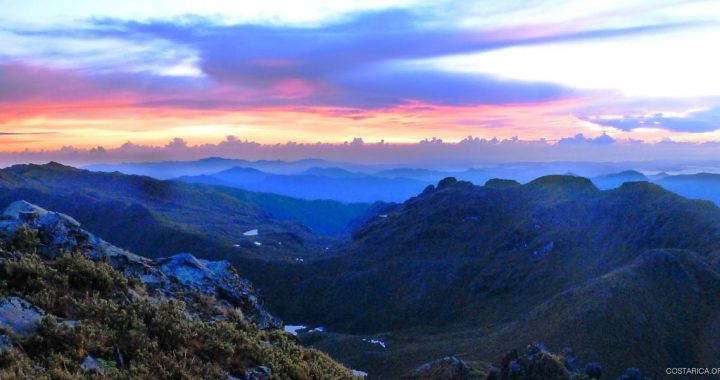By Ron Snell.
When we’re showing properties to people who want to buy real estate in Costa Rica, sooner or later an inevitable question comes up: “Are there earthquakes here?”
The short answer is, “Yes.” But there’s a much longer answer because the real question is, “Do I need to worry about earthquakes in Costa Rica?” And the short answer to that is “No.”
Costa Rica, and therefore every property in Costa Rica, is on the “Ring of Fire.” Take a second to Google “Ring of Fire map” and you will see images of a map with a bright red line that runs right down the western side of the western hemisphere, including Costa Rica.
There are a few good things to point out here:
First, that’s part of what makes Costa Rica topography so amazing. It’s why I’m writing this in a home near Dominical that’s 1,100 feet above sea level but I can see and hear the surf. A long time ago some massive plates under the sea starting pushing toward each other just like if you and a friend put your hands on a rug from opposite ends and pushed toward each other. Do it slowly and you can watch a mountain range push up between you. Put some luxury homes on one side of that mountain range and you have… voilá… the Southern Pacific Coast of Costa Rica!
Every once in a while those plates still get a little uncomfortable and need to move a bit.
When they do, we feel a gentle shake that simply reminds us we are on active earth that supports our beautiful forests and animals and homes. We feel those shakes every few weeks, usually so slight that we aren’t sure if it’s something we did or something the earth did. Once in a while they are a little more powerful and we can hear a little clinking of wine glasses or see a bit of jiggle, but that’s not common.
Second, our soils don’t liquefy in an earthquake. When you buy land, you will be required to get a soil test done before you can get a building permit. In our area, I’ve never heard of a building project being rejected because of a bad soil sample unless it’s due to uncompacted fill or accumulated rubbish in the soil).
In other parts of the world, soils are the opposite of that magic mud you made as a kid.
Remember how you suspended cornstarch in water? When it was just resting or moving slowly, it was like a liquid. When you slapped it, it was hard. Those nasty soils in other parts of the world, on the other hand, are solid when they are stationary, but turn liquid when they are shaken, causing a lot of damage. Ours aren’t like that, so earthquakes don’t affect their
supportive strength.
Third, Costa Rica is picky about construction, and especially foundations. When I was a real
estate broker in Texas, it was unusual to show a house that didn’t have at least a little cracking because of movement in the foundation.
Here in Costa Rica, I can show you 50 homes in a row with no structural cracking (we might notice some hairline surface cracking of the exterior plaster, but it’s cosmetic rather than structural).
Before you can build here, you have to submit your plans to the College of Architects and
Engineers. They go over the plans with sharp eyes to make sure there is enough concrete and reinforcing bars. When they put their stamp on the plans, you can be sure that your home will be well built because your architect or engineer is responsible to visit the project regularly and ensure that it is built according to the plans.
So that’s my longer answer to two questions: Do we have earthquakes here? Yes. Do we worry about them? No.






